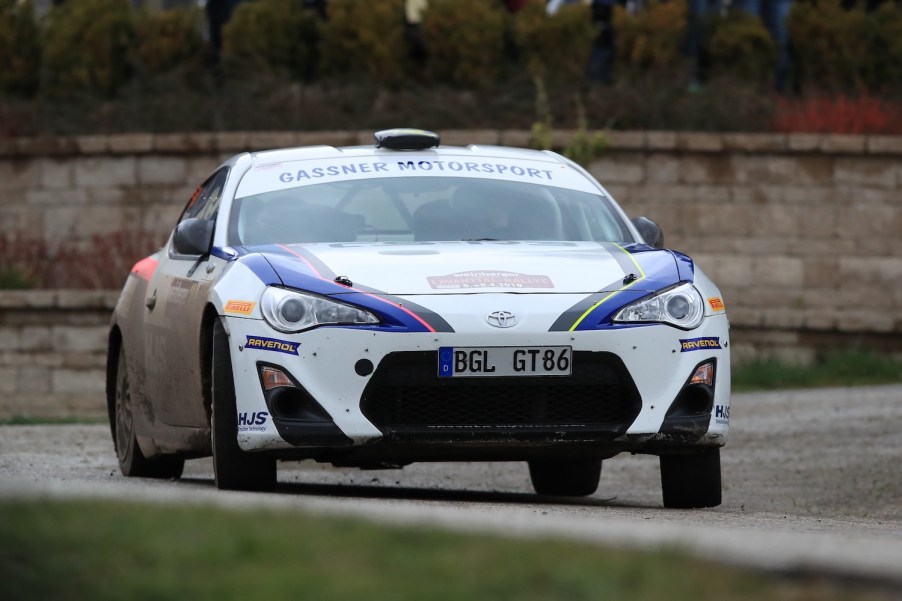
Top 3 Sports Cars on Consumer Reports and the Biggest Tires They Can Fit
Tires are the last stop for horsepower, from the engine, through the drivetrain, and to the drive axle, and finally to the tarmac. Cars are built for specific tire sizes. The suspension, brakes, and steering all meet at the tires to ensure the best grip possible. They are also one of the few things a car owner can change to enhance the ride.
Changing the wheel size on a sports car isn’t generally the best idea, considering it can result in a loss of torque, stopping power, and a rough ride. Changing tire width, on the other hand, only has one flaw. Increasing the width increases the contact patch with the ground, which means better handling, better braking, and less body roll.
All it has going against it is increased fuel consumption, due to the resistance from the larger size. Getting wider tires can dramatically increase a car’s performance, but going too big means modifying fenders and changing wheels. These are some of the top sports cars on Consumer Reports, and the maximum tire size they allow without any modification.
MX-5 Miata: don’t deviate too much

Tried and true, Mazda’s Miata is almost perfect from the factory, and has been since 1990. However, it could stand to gain some grip, especially with its limited-slip differential. The car comes with 7-inch wide wheels, which is limiting, with (depending on the trim) 195mm or 205mm wide tires.
The maximum tire size that can fit on the Miata without modification is 225mm. While wider tire sizes typically can improve performance, Miata owners testify to the opposite, as they experience some performance loss and tire rubbing. The good news is the Miata can fit 17-inch diameter wheels, so the sky’s the limit in terms of tire choices.
BMW Z4: plenty of space

The Z4 is an agile roadster and perhaps doesn’t need too much in the way of increased traction. However, just for kicks, it’s possible to fit wider tires on it without rubbing or modification, but it all depends on what size wheel it has. The car can come with a 7.5-inch wide wheel and can go as big as 9-inches depending on the trim. The 7.5-inch wheel can fit 225mm wide tires, which for a car with 255 horsepower might seem a little small. Upgrading to 8.5 or 9-inch wheels nets 255mm width, which should give plenty of grip.
Toyota 86: choose wisely

The Toyota 86, the offspring of the late, the great, Scion FR-S and the Subaru BRZ, had a few things going against it upon debut. One thing was its lack of low-end power, and the other was its tire size. From the factory, Toyota 86s came with dinky 215/45R17 tires. Suspicions cited gas mileage and drift ability as the reasoning. Whatever it was, the car can benefit from some bigger tires. The 86 comes with 7-inch wide wheels, so it’s not recommended to up-size past 225, but some owners have seen 245mm tires without issue on 9.5” wheels.
Keep the wheel size in mind
Depending on the car, a tire size increase can dramatically improve performance. S197 Mustang GTs between 2011-2014 saw faster quarter-mile times just from changing to wider and stickier tires. While it’s possible to go for wider tires, the compound they’re made from is paramount. Purist owners of the 86 acknowledge the subpar factory tires but opt for stickier compounds in the stock size.
Upgrading the wheel diameter will affect the speedometer as well, so in general, it’s best to stick to stock wheel sizes to avoid clearance issues with suspension and brakes and speedometer accuracy. For tires, however, go as wide as possible for the rim size and it should increase performance.


